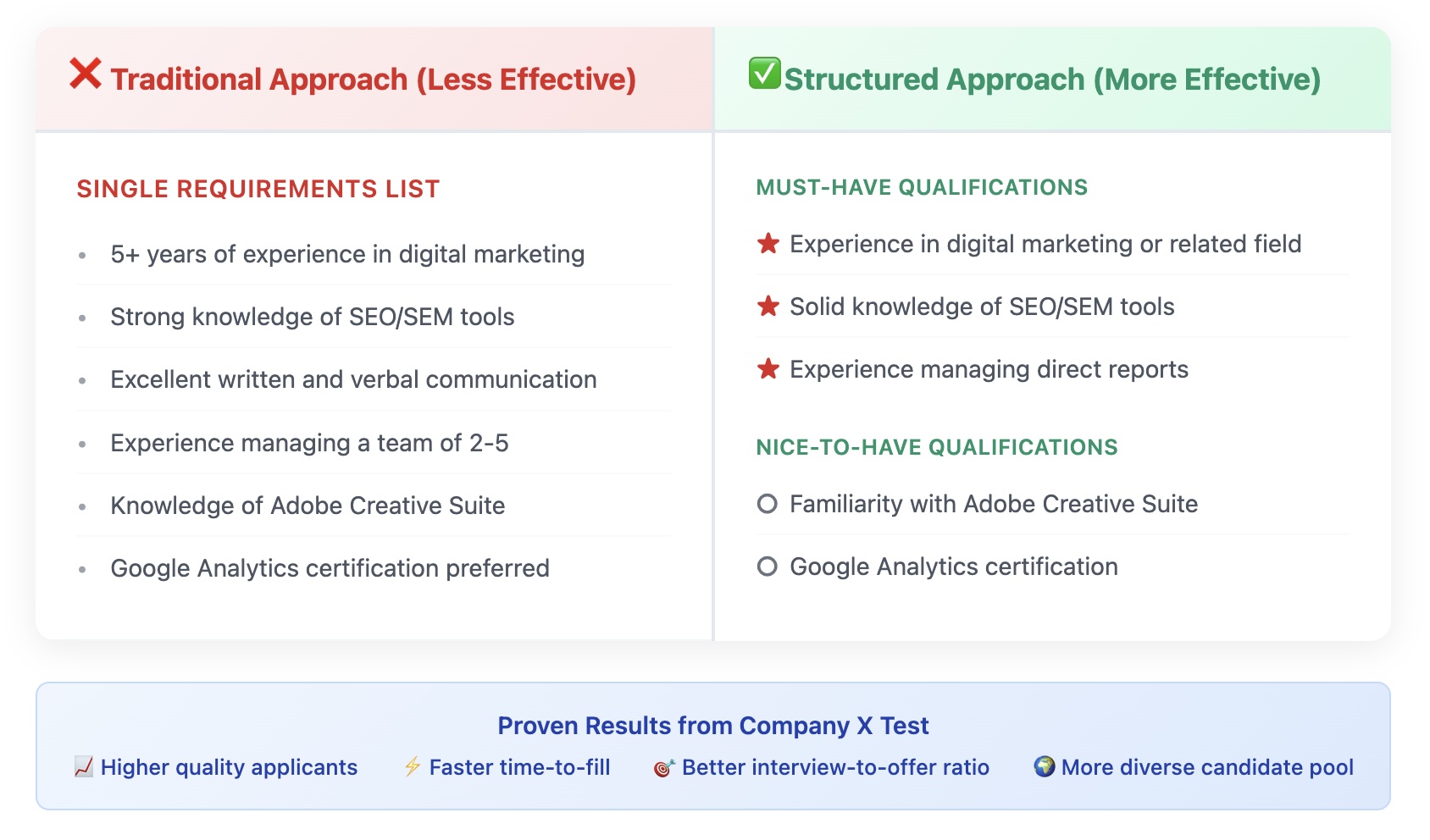If I’ve learned anything from watching The Bear, it’s that working in a restaurant is hard—maybe even as hard as it is for talent pros to staff service roles.
Quit and turnover rates in the service sector remain higher than those in all other industries, according to data from the US Chamber of Commerce. To help fill the gaps, some companies are tapping their corporate workers. Home Depot, for example, requires its corporate employees to work one 8-hour retail shift per quarter, Bloomberg reported.
And this strategy isn’t groundbreaking, at least not to Illinois-based restaurant chain Portillo’s. It has required its roughly 140 corporate employees to work in its restaurants during the holiday season since 2020, CPO Jill Waite, told HR Brew. The program started as a way to address pandemic-related staffing shortages, Waite said, but has since become a holiday tradition and part of the company’s culture.
“It’s a great best practice for [corporate] team members to get closer to our guests and team members, and understanding what’s working, what’s not, and actually do the work themselves,” she said.
Employee experiences. Since launching in October 2020, the initiative, now called the “Holiday Helpers Program,” has placed corporate employees in restaurants with staffing shortages, Waite said. Managers often use the opportunity to promote individual learning or team building exercise, in addition to filling a frontline need, adding to the employee experience, she said.
And it’s not just for individual contributors—Waite said she works in a restaurant every year, along with other C-suite execs.
“My home restaurant is our Naperville location, and we were short staffed in that restaurant, and I worked there for two weeks…Learning how to work our fryer, drinks, spending time in our patio, interacting with our guests,” she said. “For me, it gave me a whole different level of appreciation for our team members and our managers on what it’s like to work day to day in our restaurants.”
Quick-to-read HR news & insights
From recruiting and retention to company culture and the latest in HR tech, HR Brew delivers up-to-date industry news and tips to help HR pros stay nimble in today’s fast-changing business environment.
As a people leader, Waite said the program has helped create a sense of unity among corporate and frontline workers, and bring her closer to employees.
“It allowed our team members to see me differently, so instead of seeing me as an officer of an organization, they just see me as Jill, a team member who’s wearing our Portillo’s uniform and helping our guests and fellow team members,” she said.
Impact from the bottom up. On top of contributing to company culture and helping to fill gaps, Waite said the initiative has also helped upskill frontline workers for managerial and corporate positions. While working side by side, corporate and frontline workers are not only able to appreciate each other’s work, but learn from each other and network.
Since joining the company five years ago, Waite said she’s focused on internal development and promotions for frontline workers, and that this has resulted in a higher success and retention rate among restaurant general managers.
And restaurant employees have also gone on to work in the corporate office. When the corporate office had open IT roles earlier this year, Waite said the talent team filled them with restaurant employees.
“It’s kind of a bid to the core of who we are and will continue to be,” she said.











